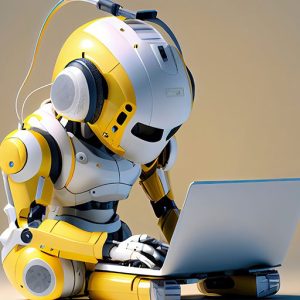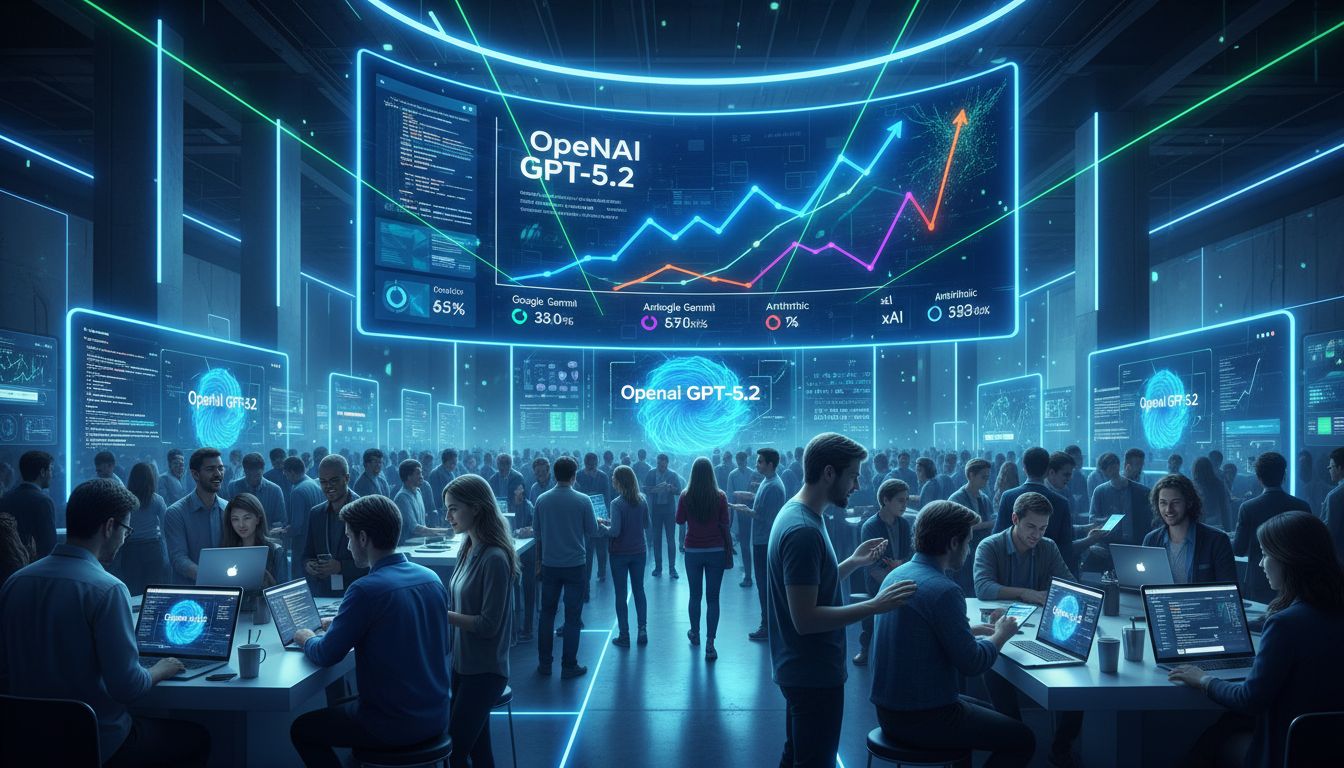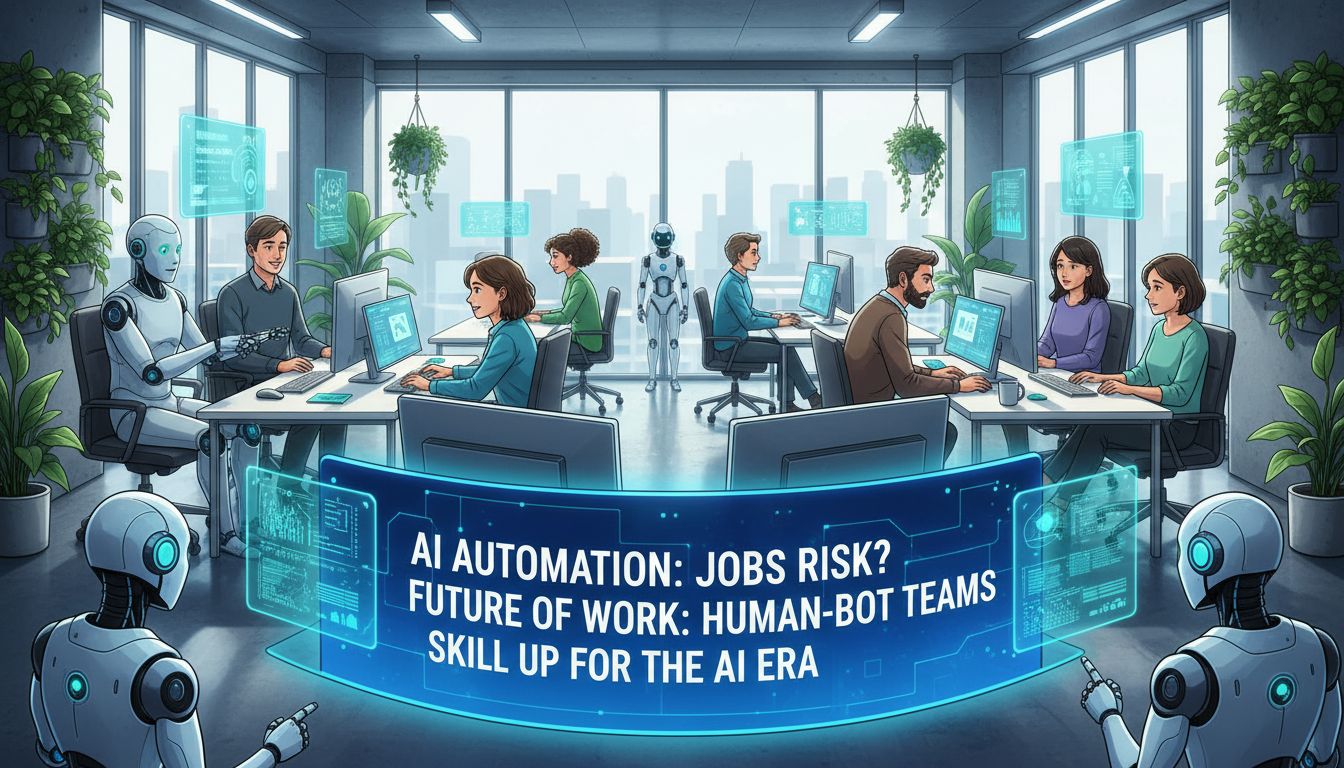The food industry faces constant pressure. Consumers want new and exciting products. Crop yields can be unpredictable. Sustainability is a growing concern. Artificial intelligence (AI) offers solutions to these food industry challenges, changing how food is produced and sold. AI is leading to positive changes, increasing efficiency and food safety.
Table Of Contents:
- AI in Food Production: Smarter and More Sustainable
- AI in Food Manufacturing
- AI-Driven Innovation: Creating the Food of the Future
- AI in Ingredient Discovery: Unlocking Nature’s Secrets
- The Future of AI in Food Industry
- FAQs about AI in food industry
- Conclusion
AI in Food Production: Smarter and More Sustainable
The food industry navigates numerous challenges. Consumer preferences are fickle. Crop yields fluctuate, impacting revenue. Food waste is also a significant issue.
In the US, about 30% of all food and drink is wasted. This equates to roughly $48.3 billion lost. AI systems are addressing these food supply chain problems using smart sensors and data analytics.
Predictive Analytics
AI-powered predictive analytics can forecast weather, leading to more resilient crops and higher yields through precision farming. This increases profitability and allows for less land usage.
Predictive analytics improves production efficiency and reduces food waste using real-time monitoring.
AI helps optimize fertilizer usage, which lowers costs while minimizing environmental impact.
Disease and Pest Detection
AI excels at detecting subtle signs of disease and pest infestations in crops. Early detection enables prompt intervention.
This prevents widespread damage and reduces revenue loss for food manufacturers. It helps create healthier crops.
Monitoring and Precision Farming
AI monitors soil conditions, including nutrient levels, using data analysis and expert systems. This ensures crops receive the right amount of fertilizer, reducing waste.
This precision farming approach optimizes resource allocation. This practice promotes sustainability through its production process and impact food quality, supporting the food sector with AI technologies.
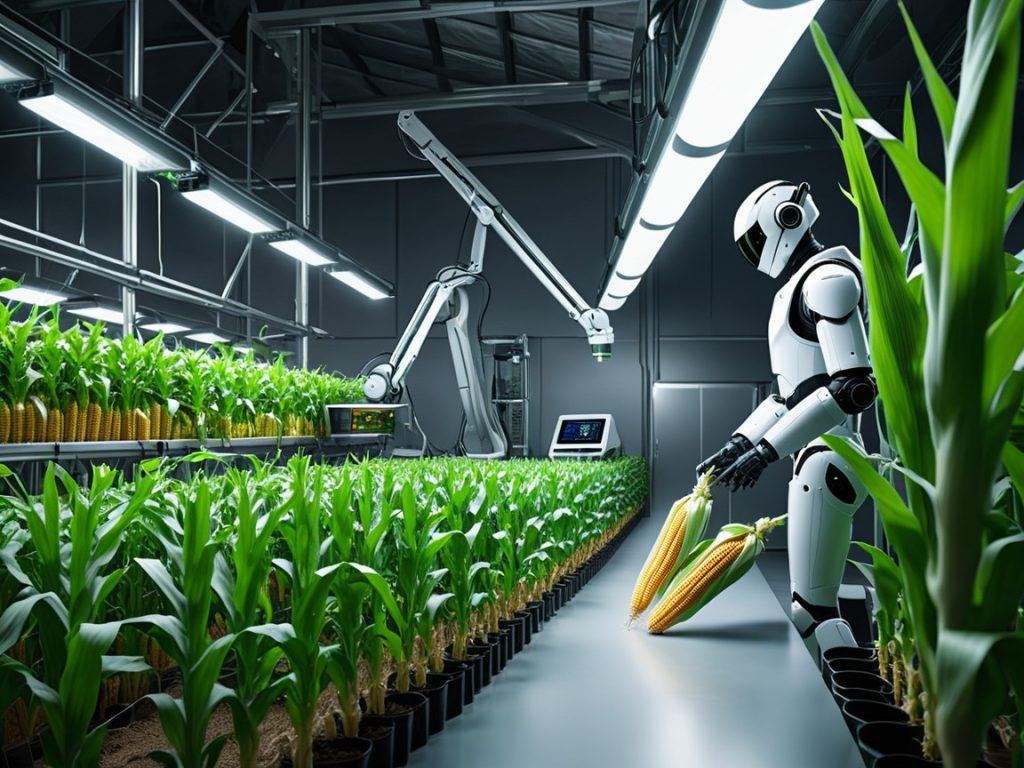
AI in Food Manufacturing
AI improves food safety within manufacturing using automated inspection systems. Its ability to identify patterns helps predict contamination.
AI streamlines food supply chains, addressing potential food quality and safety issues before products leave the factory.
These AI-driven solutions enhance product quality, aligning with evolving consumer expectations in the food retail market.
Quality Control Improvements
AI-powered machine vision systems monitor products at every production stage. Real-time monitoring enables quick removal of contaminated items. This ensures only safe, high-quality food reaches consumers.
This minimizes food waste and elevates safety standards. It increases transparency and builds trust within the food industry. These systems also help with blockchain technology to ensure food traceability in food tech.
AI-Driven Innovation: Creating the Food of the Future
Developing new food products is inherently risky. Many new products fail to gain traction, resulting in significant losses. AI is helping food manufacturers analyze vast amounts of data from consumers, to create more personalized nutrition. Roughly 80% of new products fail.
This creates a challenge for companies, resulting in billions of dollars lost.
Predictive Analytics for Consumer Preferences
AI-powered predictive analytics offers insights into consumer preferences using fuzzy logic. This knowledge improves product development and reduces failures.
Strategic product launches based on data-driven insights maximize success. This personalized nutrition approach is revolutionizing how the food sector understands and meets consumer expectations using neural networks and deep learning to improve food for consumers. Food manufacturers and restaurant businesses can implement AI systems and analyze vast amounts of data to further reduce food waste, enhancing safety food and increase efficiency. Deep learning also helps food companies personalize product labeling, addressing data privacy concerns while complying with new food labeling laws. This process requires large amounts of data for their data analysis, which utilizes algorithms and other AI algorithms that are designed to analyze vast amounts of data, improving overall food quality, which also is affected by other technologies.
Case Studies of AI in Product Development
Major food companies are showcasing AI’s potential. Nestlé utilizes AI for research, ingredient exploration, and virtual prototyping in the metaverse.
These strategies accelerate product development and reduce R&D costs.
| Company | Application of AI | Outcome |
|---|---|---|
| Nestlé | Trend analysis, ingredient exploration, virtual reality prototyping | Faster product development, reduced R&D costs |
| Vivi Kola | Development of a low-sugar vegan beverage using ChatGPT | Reduced development time to two days |
| Climax Foods Inc. | Precision formulation of plant-based foods | Improved taste, texture, and nutritional value |
Vivi Kola developed a vegan, low-sugar drink using ChatGPT in just two days. This agility allows them to respond quickly to market demands while reducing costs. This helps keep cost down within their production processes.
Climax Foods Inc. leverages AI for precision formulation of plant-based foods through their “Deep Plant Intelligence platform”. This leads to enhanced taste, texture, and nutrition, which boosts consumer acceptance of plant-based alternatives.
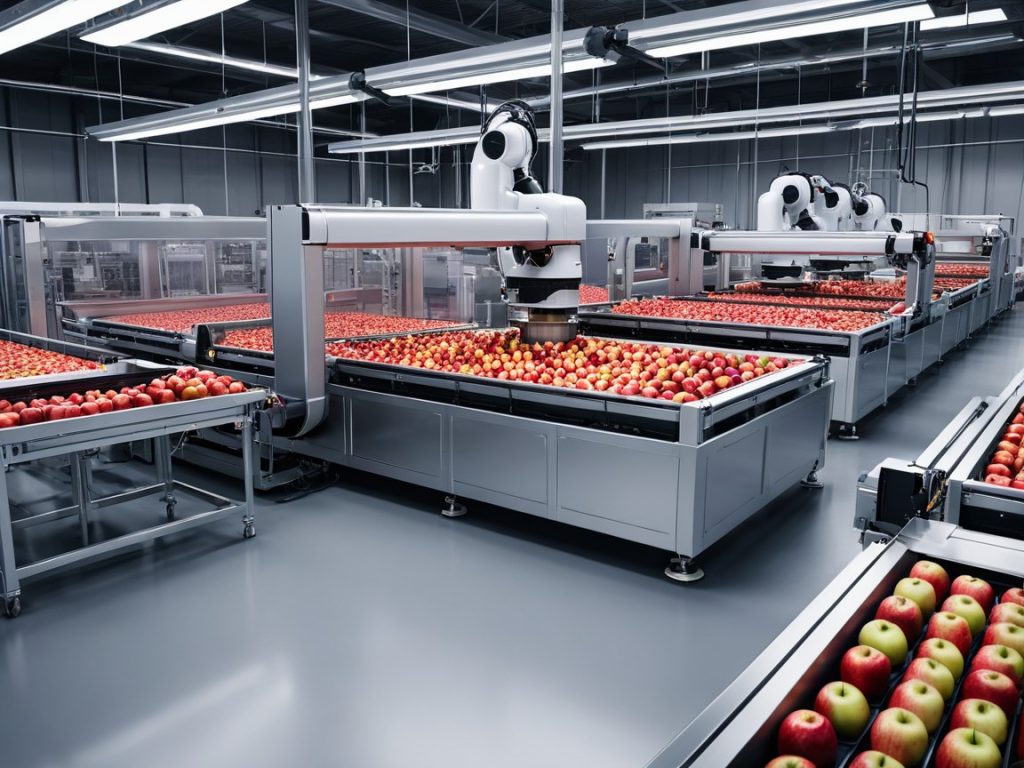
AI in Ingredient Discovery: Unlocking Nature’s Secrets
AI is transforming ingredient discovery in food processing. Machine learning helps develop new ingredients using raw plant inputs.
This fosters innovation and opens up new possibilities for product development.
It’s an exciting time for the future of personalized nutrition in food retail.
Brightseed’s Forager
Brightseed’s Forager uses algorithms to analyze the molecular composition of plants. This identifies beneficial properties, leading to new health products.
This data-driven approach promotes health and wellness while streamlining ingredient testing, creating plant-based health products through production process using fuzzy logic, deep learning, machine learning, expert systems, and smart sensors. It’s like having learning algorithms analyze vast amounts of data, enabling brands to reduce food waste in the production process using smart sensor technology for better control processes.
Mobile apps further amplify the potential of AI in the food sector.
The Not Company’s Giuseppe
The Not Company’s platform, “Giuseppe,” accelerates plant-based food design. By analyzing animal products, Giuseppe creates vegan alternatives.
Continuous feedback refines recipes, resulting in high-quality products that consumers enjoy. For example, NotChicken took only two months to develop.
The Future of AI in Food Industry
AI is transforming the food industry, fostering innovation and sustainability. It enhances productivity, optimizes resource use, and addresses safety concerns. Leading food providers will use AI to innovate faster and increase value. This helps make products more accessible and meets the changing needs and varying regional tastes of global consumers.
Reduced reliance on traditional farming equipment through precision farming and crop monitoring helps control costs. AI can improve hygiene standards and help prevent supply chain disruptions using neural networks and data analysis. This reduces industry challenges. AI can also help countries respond to food shortages and ensure a more resilient food supply with blockchain technology. Machine learning algorithms analyze the vast amounts of data from consumers for better data analytics.
FAQs about AI in food industry
How can AI help the fast food industry?
AI benefits fast food by predicting popular items, managing inventory, offering personalized deals, and powering chatbots for orders. It can personalize the drive-through experience.
McDonald’s has even tested an automated restaurant with AI order taking.
How does McDonald’s use AI?
McDonald’s explores using AI to personalize drive-through menus. They consider factors like traffic, weather, and trending items. They aim to optimize their digital menus to influence purchases.
What is the risk of AI in food industry?
Despite AI’s benefits, there are risks. AI systems rely on accurate data, making training and validation crucial. Integrating AI requires investment, which may not be feasible for all companies. AI systems help control processes for better supply chain management, improving food traceability through deep learning, an ai application. These systems rely on vast amounts of data and the use of ai technologies. This reliance creates potential issues for data privacy.
Addressing data privacy, security, and potential system failures are important factors for mitigating risk, protecting data privacy with data analytics.
Which industry is most affected by AI?
AI is influencing many industries, but some are experiencing rapid transformation. This includes technology, transportation, finance, healthcare, and marketing. AI improves workflows, increases efficiency, and enables new capabilities across diverse sectors, such as streamlining supply chains.
Conclusion
AI revolutionizes the food industry with innovation and sustainability from farm to table. It improves farming, food manufacturing, ingredient discovery, and product development while enhancing food quality and traceability. It’s crucial to acknowledge ethical considerations, ensuring responsible implementation while considering potential risks.
